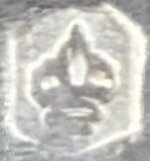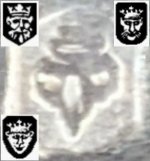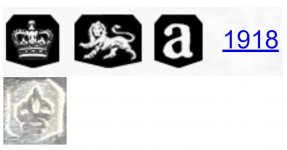Shakakka
Hero Member
- May 11, 2017
- 664
- 1,938
- Primary Interest:
- All Treasure Hunting
Hi all!
Was in the thrift store with my wife and saw this tea-pourer thing had hallmarks on the bottom. Since I see you guys picking silver all the time, I figured I'd give it a shot and gamble $12.
Can anyone identify these hallmarks? Also, does this have the "look" of tarnished silver? Sorry to be a newbie, I'm still learning.





Thanks in advance!
Was in the thrift store with my wife and saw this tea-pourer thing had hallmarks on the bottom. Since I see you guys picking silver all the time, I figured I'd give it a shot and gamble $12.
Can anyone identify these hallmarks? Also, does this have the "look" of tarnished silver? Sorry to be a newbie, I'm still learning.
Thanks in advance!










